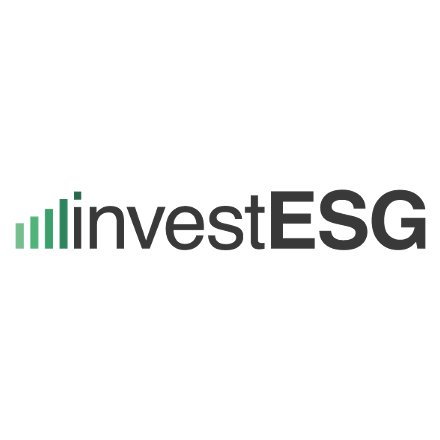
© Charl Folscher
The world is complex, and for active investors, the “right” thing to do is not always defined in black and white, according to Franklin Templeton Emerging Markets Equity’s Andrew Ness. Here, he shares why he believes sustainable investing is managed through shades of gray, explains what sustainable opportunities he’s seen in emerging market economies and what it means to be a good steward of capital.
Emerging markets present a unique set of challenges for sustainable investing. Cultural contexts vary, as do their stages of development from an environmental, social and governance (ESG) perspective. This reality can pose dilemmas for investors seeking positive multi-stakeholder outcomes—for instance, where societal and environmental trade-offs exist. The world is complex, and for active investors, the “right” thing to do is not always defined in black and white. Instead, we believe sustainable investing is managed through shades of gray.
Core Stock Drivers: Structural, Sustainable and StewardshipThe core stock drivers for investors can be summed up in the 3S’s: Structural, Sustainable and Stewardship. Structural opportunities, sustainable earnings and responsible stewardship are therefore the foundations of an effective, long-term approach to emerging market investing.- The long-term structural opportunity in emerging markets—demographics, technology, and consumption—which provides the beta for investors.
- Actively identifying and targeting companies with sustainable earnings power that markets are mispricing can provide alpha for investors.
- And finally, the responsible stewardship of clients’ capital and the leveraging of company relationships to create value through constructive engagement provides the delta for investors. Focusing on stewardship, what does it mean, how does it drive day-to-day investment activity and what are some of the challenges in trying to implement it consistently?

